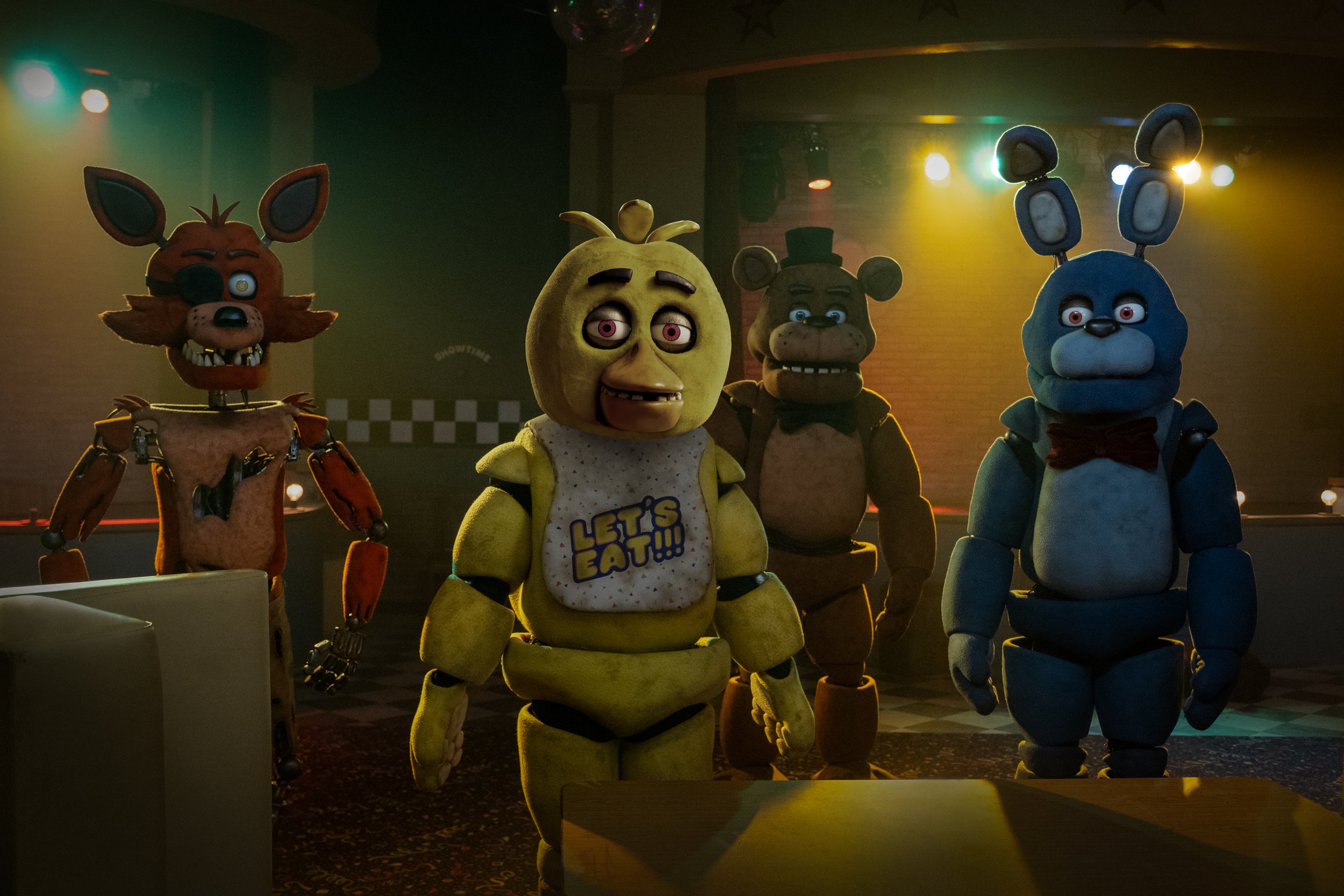Review: 'Rustin' shines a light on a hidden figure of the civil rights movement, and gives Colman Domingo a worthy stage to perform
“Rustin” is a movie that’s almost as good as its intentions — which are in the stratosphere, thanks to its subject matter (the civil rights movement) and two of its executive producers (Barack and Michelle Obama, through their Higher Ground Productions).
The title figure is Bayard Rustin, a champion of the civil rights struggle who has not gotten his props until recently. Colman Domingo, recently stealing scenes in “Zola” and “Candyman,” plays Rustin with a cagey mix of flamboyance and world-weariness. He’s been beaten in his life — he’s missing several teeth on his right side from a cop’s nightstick after sitting in the front of a bus as a young man — but not beaten down. He remains resilient, working alongside Dr. Martin Luther King Jr. (Aml Ameen) through the 1950s, in the battle to make segregation go away as the Supreme Court said it should.
The movie starts in 1960, when King and Rustin are on opposite sides of a dispute with the hierarchy of the NAACP — most notably the group’s executive director, Roy Wilkins (Chris Rock), who finds Rustin too loud and, though he won’t say the word, too gay to be a public voice in the movement. Rustin thinks King will have his back, and when he doesn’t, there’s a falling out that lasts for three years.
We cut ahead those three years, to 1963, with Rustin floundering in an anti-war group, and seeing the younger Black activists tired of the nonviolence he and King espouse. At a party, one of those young men confronts Rustin, saying, “you’re irrelevant.” Rustin replies laconically, “It’s Friday night — I’ve been called worse.”
Then Rustin has a brainstorm: A two-day march, 100,000 people strong, in Washington, D.C., to demand of Congress and the White House movement on a comprehensive civil rights law. He gathers some eager young activists to help flesh out the idea into a plan. Rustin soon realizes that he will need the NAACP’s support, and to get that — as his old friend, the activist Ella Baker (Audra McDonald), tells him — he needs to make peace with King.
Rustin convinces King to climb on board because he knows this will be the chance, and the place, for King to secure his legacy. And he’s right — because that march in 1963, culminating at the Lincoln Memorial, is where King delivers his “I Have a Dream” speech. (It’s not a spoiler if it’s history.)
Screenwriters Justin Breece and Dustin Lance Black each bring different elements to the mix. Breece, who wrote episodes of Ava DuVernay’s miniseries “When They See Us,” channels the passions of the civil rights era — particularly capturing the specific moment when Rustin’s generation was feeling like the old guard and grandstanders, like Congressman Adam Clayton Powell (Jeffrey Wright), were challenging that guard. Black, an Oscar winner for “Milk,” highlights the less public part of Rustin’s identity, his homosexuality, with a subplot involving a closeted minister (Johnny Ramey) and several speeches peppered through the narrative, some soaring and others sounding like Black is trying to be the next Aaron Sorkin.
Director George C. Wolfe (who put August Wilson’s “Ma Rainey’s Black Bottom” on the screen) is, at heart, a theater guy — and he recognizes that the heart and soul of “Rustin” is intertwined with the theatricality and bravado of Bayard Rustin. Wolfe collaborates with Domingo to bring those qualities, like his rapid-fire wit and silver tongue, front and center. Wolfe provides the platform, and Domingo supplies the fireworks.
——
‘Rustin’
★★★1/2
Opens Friday, November 3, in theaters; starts streaming November 17 on Netflix. Rated PG-13 for thematic material, some violence, sexual material, language including racial slurs, brief drug use, and smoking. Running time: 106 minutes.







